The Coconut Stem: Economic Importance, Uses, and By-Products
The Coconut Stem is an important part of the coconut tree, serving as its trunk and providing support for the

The Coconut Stem is an important part of the coconut tree, serving as its trunk and providing support for the
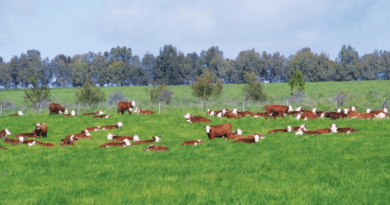
The reliable establishment is vital to ensure high levels of production and longevity from perennial pastures. Perennial pasture seeds are

Coccidiosis Disease is a parasitic disease of the intestinal tract of animals caused by coccidian protozoa. The disease spreads from
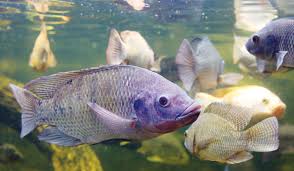
The process of raising more than one type or specie of fish in the same pond at the same time

The Coconut Stem is an important part of the coconut tree, serving as its trunk and providing support for the
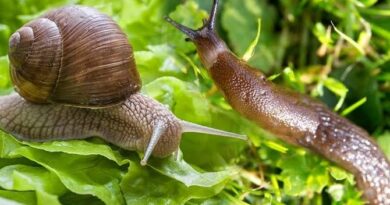
Slugs and snails, scientifically known as gastropods, are fascinating creatures that belong to the mollusk family. These slimy invertebrates are

Well ideally, before they are weaned, young ruminant animals are supposed to be given enough milk by the mother. After

Ginger botanically known as Zingiber officinale is a blooming plant linked to cardamom and turmeric. The ginger plant’s subterranean stem, or rhizome,

Black spot, scientifically known as Diplocarpon rosae, is a common and troublesome disease that affects rose plants. This fungal infection

You either love them or you hate them when it comes to fluffy cat breeds. They resemble teddy bears and

Spacing, pollination, training, pruning and fertilizing fruit trees give fruit trees the best chance to produce a bountiful crop. Flower

Switchgrass (Panicum Virgatum) is a warm-season perennial forage-producing grass native to North America. It belongs to the Poaceae family of
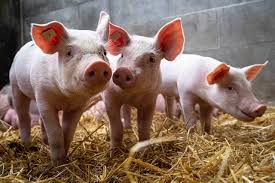
African Swine Fever, scientifically known as African swine fever virus (ASFV), is a highly contagious viral disease affecting domestic and

Before weaning baby rabbits (kits, or baby bunnies) from their mother, they should be eating commercial rabbit food pellets. These

This is a sponsored post… Backyard beekeeping, also known as urban beekeeping or hobby beekeeping, refers to the practice of
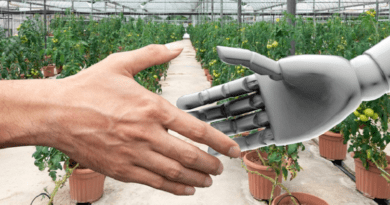
Co-written with Deepthi ShankarTechnological innovations are beginning to transform every link in the food chain, from seed to fork. In developed countries, digital technologies and analytics are making farm operations more insight-driven and efficient. Here are the five global trends catalyzing digital transformation in agriculture.Rising population and resulting increase in food demand. According to a…
